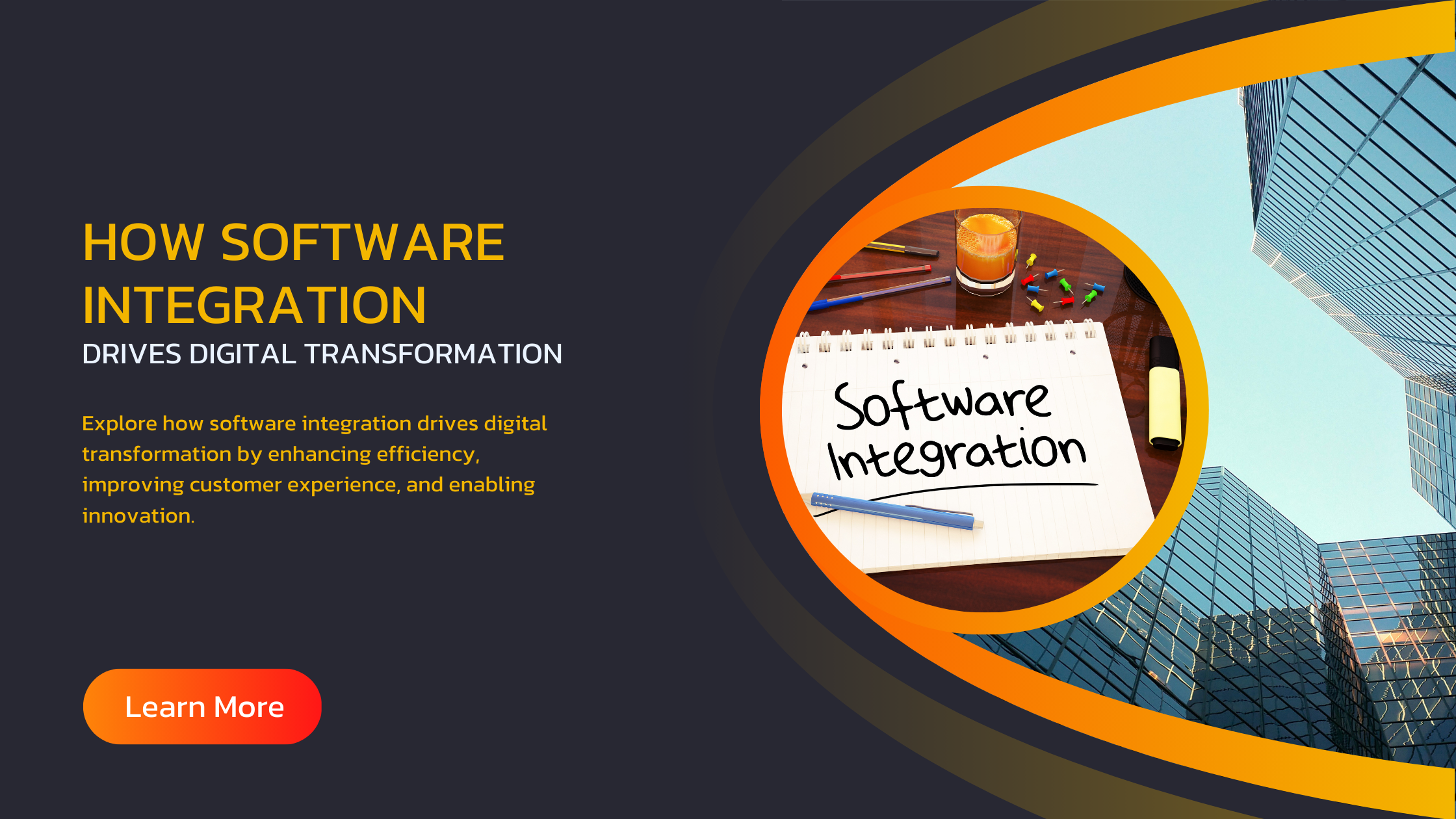
In the rapidly evolving technological landscape, enterprise app development has emerged as a crucial component for organizations looking to enhance their operational efficiency and drive innovation. As businesses face the challenges of digital transformation, the need for robust and scalable applications has never been more pressing. This comprehensive guide explores key strategies for enterprise app development, focusing on best practices, methodologies, and the importance of scalability in modern business solutions.
Understanding Enterprise App Development
Enterprise app development refers to the process of creating software applications specifically designed to meet the needs of an organization rather than individual users. These applications are typically complex, scalable, and capable of integrating with existing business systems to streamline processes, improve productivity, and enhance decision-making.
Key Characteristics of Enterprise Applications
1. Scalability: Enterprise applications must be able to handle increasing workloads as the business grows. This includes accommodating more users, data, and transactions without compromising performance.
2. Integration: These applications often need to connect with other enterprise systems such as customer relationship management (CRM), enterprise resource planning (ERP), and supply chain management (SCM) tools.
3. Security: Given the sensitive nature of business data, enterprise applications require robust security measures to protect against breaches and unauthorized access.
4. User-Friendliness: While enterprise apps are designed for functionality, they must also be user-friendly to ensure high adoption rates among employees.
5. Customizability: Organizations have unique needs; therefore, enterprise applications should be customizable to fit specific business processes and workflows.
The Importance of Enterprise App Development

With the rise of remote work, increased reliance on technology, and the growing demand for real-time data access, enterprise app development is more important than ever. Here are some reasons why organizations should invest in developing enterprise applications:
1. Enhanced Operational Efficiency: By automating routine tasks and streamlining processes, enterprise applications can significantly improve operational efficiency, allowing employees to focus on higher-value activities.
2. Data-Driven Decision Making: Enterprise applications often include advanced analytics and reporting tools, providing organizations with valuable insights that inform strategic decisions.
3. Improved Collaboration: Integrated enterprise applications facilitate better communication and collaboration among departments, ensuring that everyone is on the same page.
4. Competitive Advantage: Organizations that leverage technology effectively can gain a competitive edge by responding quickly to market changes and customer needs.
5. Cost Savings: While the initial investment in enterprise app development may be significant, the long-term cost savings achieved through efficiency and productivity gains can be substantial.
Key Strategies for Successful Enterprise App Development
To achieve effective and scalable enterprise app development, organizations must adopt certain key strategies. Below are essential tactics that can guide businesses in building robust applications.
1. Define Clear Objectives
Before initiating any development project, it’s crucial to define clear objectives. What specific problems are you aiming to solve with your enterprise application? Are you looking to improve internal processes, enhance customer engagement, or gain better insights into your operations? Setting measurable goals will guide the development process and ensure that the final product aligns with business needs.
2. Understand User Requirements
User requirements are the foundation of successful enterprise app development. Conduct thorough research to understand the needs of end-users. This could involve surveys, interviews, and focus groups with employees who will use the application daily. Gathering this input ensures that the application is user-friendly and meets the specific demands of its users.
3. Choose the Right Development Approach
The choice of development approach can significantly impact the success of your enterprise application. Common methodologies include:
Agile Development: This iterative approach allows for flexibility and adaptability throughout the development process. Regular feedback and adjustments ensure that the final product aligns with user expectations.
Waterfall Development: This linear approach involves completing each phase of the development process before moving on to the next. While it is straightforward, it may lack flexibility in responding to changes.
DevOps: This approach combines development and operations to improve collaboration, efficiency, and the speed of delivery. DevOps practices facilitate continuous integration and continuous deployment (CI/CD), enabling faster updates and improvements.
4. Prioritize Scalability
As mentioned earlier, scalability is a key characteristic of enterprise applications. Organizations should design their applications with scalability in mind from the outset. This includes:
- Choosing the Right Architecture: Opt for scalable architectures, such as microservices or serverless computing, that allow individual components of the application to scale independently based on demand.
- Utilizing Cloud Infrastructure: Cloud computing offers flexible resources that can be adjusted according to the needs of the organization. This enables businesses to scale their applications without significant upfront investments in hardware.
5. Focus on Security
Given the sensitive data handled by enterprise applications, security must be a top priority. Consider implementing the following security measures:
- Data Encryption: Ensure that all data is encrypted both in transit and at rest to protect against unauthorized access.
- Authentication and Authorization: Implement strong authentication mechanisms, such as multi-factor authentication, to verify the identity of users. Role-based access controls should also be established to limit user access to sensitive data.
- Regular Security Audits: Conduct regular security assessments and audits to identify vulnerabilities and ensure compliance with industry standards.
6. Integrate with Existing Systems
Enterprise applications should seamlessly integrate with existing systems to maximize their effectiveness. This requires careful planning and consideration of how the new application will interact with current software. APIs (Application Programming Interfaces) play a crucial role in enabling these integrations, allowing different systems to communicate and share data effectively.
7. Invest in Quality Assurance
Quality assurance (QA) is a critical step in enterprise app development. Implementing a robust QA process ensures that the application functions as intended and meets user requirements. This should involve:
- Automated Testing: Utilize automated testing tools to quickly identify bugs and issues within the application. Automated tests can cover various scenarios, ensuring comprehensive coverage.
- User Acceptance Testing (UAT): Involve end-users in the testing process to gather feedback and identify any areas that may require improvement. UAT helps ensure that the application meets user expectations before deployment.
8. Provide Ongoing Support and Maintenance
The launch of an enterprise application is just the beginning. Organizations should plan for ongoing support and maintenance to address any issues that arise and to implement updates as needed. Establish a dedicated support team that can assist users and resolve technical issues promptly.
9. Foster a Culture of Continuous Improvement
Encouraging a culture of continuous improvement is essential for the long-term success of enterprise applications. Organizations should regularly gather feedback from users and stakeholders to identify areas for enhancement. By actively seeking input and making iterative improvements, businesses can ensure that their applications remain relevant and effective.
10. Monitor Performance and Analytics
Implementing analytics tools within the application allows organizations to monitor performance metrics and user engagement. Key performance indicators (KPIs) can provide insights into how the application is being used and where improvements can be made. Consider tracking metrics such as:
- User Adoption Rates: Measure how many employees are using the application and how frequently.
- Task Completion Times: Assess how long it takes users to complete specific tasks within the application.
- Error Rates: Monitor error rates to identify potential usability issues or technical glitches.

Trends Influencing Enterprise App Development
The landscape of enterprise app development is continually evolving, shaped by emerging technologies and shifting business needs. Here are some notable trends that are influencing the development of enterprise applications:
1. Artificial Intelligence (AI) and Machine Learning
AI and machine learning technologies are increasingly being integrated into enterprise applications to enhance functionality and decision-making. These technologies can analyze vast amounts of data to identify patterns, predict trends, and automate processes, leading to improved efficiency and better insights.
2. Low-Code and No-Code Development
The rise of low-code and no-code development platforms allows organizations to create applications with minimal coding effort. These platforms empower non-technical users to build applications, accelerating the development process and reducing reliance on specialized developers.
3. Mobile-First Design
With the increasing use of mobile devices in the workplace, a mobile-first design approach has become essential in enterprise mobile app development. Applications must be optimized for mobile use to ensure that employees can access critical information and tools on the go.
4. Cloud-Based Solutions
Cloud-based enterprise applications offer flexibility and scalability, enabling organizations to access their applications and data from anywhere. As businesses increasingly adopt remote work policies, the demand for cloud-based solutions is likely to grow.
5. Focus on User Experience (UX)
User experience has emerged as a critical factor in the success of enterprise applications. A well-designed user interface and intuitive navigation can significantly impact user adoption and satisfaction. Organizations should prioritize UX design in their development efforts.
Conclusion
In the competitive landscape of modern business, enterprise app development is essential for organizations seeking to enhance their operational efficiency and drive innovation. By adopting key strategies such as defining clear objectives, prioritizing scalability, focusing on security, and fostering a culture of continuous improvement, businesses can build robust applications that meet their unique needs.
As technologies continue to evolve, organizations must remain adaptable and embrace emerging trends to stay ahead. By leveraging the power of enterprise app development, companies can not only improve their internal processes but also position themselves for long-term success in the digital age.
For businesses looking to implement these strategies effectively, partnering with a technology provider like Upcore Technologies can provide valuable expertise and support throughout the development process. By leveraging the right tools and practices, organizations can optimize their enterprise applications for better performance and user satisfaction.










